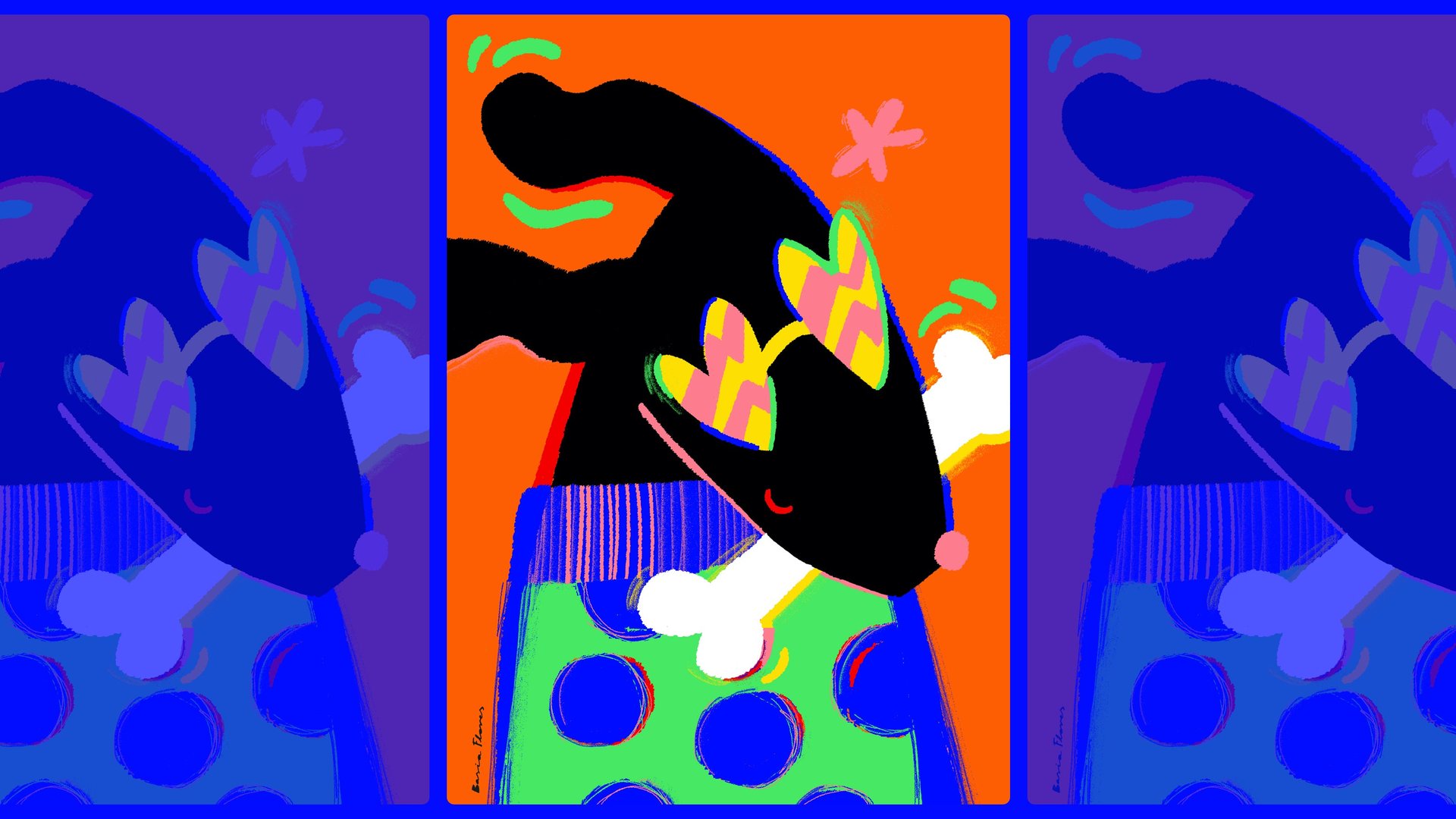How America’s growing devotion to its pets is transforming the pet industry
As our animals have transformed from our property to our de facto children, a massive and lucrative industry has developed to feed and care for them. Here’s the TLDR to our guide on the pet industrial complex.


💡 The Big Idea
As our animals have transformed from our property to our de facto children, a massive and lucrative industry has developed to feed and care for them. Here’s the TLDR to our guide on the pet industrial complex.
🤔Here’s Why
1️⃣ Pet care and food have become lucrative and appealing sectors for investors.
2️⃣ Services catering to the psychological well being of animals are growing rapidly, too.
3️⃣ Pet product development has become a playground of innovation.
4️⃣ In India, anxious pet parents returning to the office are boosting the growing pet industry.
5️⃣ But regarding pets as we do humans could ultimately be destabilizing for the industry.
✍ The details
1️⃣ Pet care and food have become lucrative and appealing sectors for investors.
Americans spent nearly $100 billion on pets and pet care last year, according to estimates from the American Pet Products Association (APPA), a sum that has grown by about 4% a year since the great recession of 2008. That’s more than what they spent on smartphones or at the movies, combined, and greater than the GDP of Ethiopia. Welcome to the pet industrial complex.
Pet care and pet food offer investors the size and stability of a mature industry. Yet the changing nature of the relationship between humans and their animals means it has the characteristics of a new, fast-growing sector. In the US, pet food sales have grown between 4% and 6% annually over the last seven years; the market was valued at $29 billion in 2019.

2️⃣ Pet services catering to the psychological wellbeing of animals are growing rapidly.
Accepting pets as emotional creatures is a natural result of accepting them as part of our families. Generally, having pets in our homes strengthens our bond with them—unless there’s a glitch. Since a pet can’t say how they feel, we can look to their biology and their behavior to try understand the causes of those glitches. Over the last few decades, the field of animal behaviorists has grown. Their overarching goal: to help create optimal conditions to breed human-pet relationships.
“A good behaviorist works to understand why a dog wants to do something, and provides an outlet for that motivation,” says pet behaviorist and dog trainer Penaran Higgs, “so that they still get to do what they want to do, but not in a way that is problematic for the owner.”
3️⃣ Pet product development has become a playground of innovation.
Bark has more than 400 employees and was most recently valued at $1.6 billion. The key to that success? Creating toys that will amuse and entertain both dogs and their owners. “It’s a little bit like Pixar,” says Henrik Werdelin, a Bark cofounder who leads design and product development. “When you watch those movies, they have both adult jokes and jokes for the kids.”
The company believes that Bark toys have to work on both levels, with materials, sounds, scents, and shapes that will satisfy and stimulate the canine audience, and designs that their besotted humans will enjoy showing off. “We wanted to kind of bring character design and narrative to the toys,” Werdelin says. “And that is something that hadn’t been done before in the dog-toy business … We’re very inspired by how Disney really merged storytelling with content and toys and experience design.”
4️⃣ In India, anxious pet parents returning to the office are boosting the growing pet industry.
The country’s $430 million pet care market is one of the fastest-growing in the world. Its residents are so into pets that those who couldn’t have their own during the pandemic have gone so far as to adopt them virtually.
But now, owners of pandemic pups (and cats) have a new challenge to contend with: a return to pre-pandemic life. Some of the most common solutions for keeping pets happy while owners are out include hiring a dog walker or a pet-sitter, booking day-boarding for cats and dogs, and buying mentally-stimulating toys. They’re investing in pet cameras and stocking up on pet food.
“[When I was] isolated from everyone and away from my family and friends, Puffy kept me hopeful,” one pet owner tells Quartz. “And now it’s my time to return the favor.”
5️⃣ But regarding pets as we do humans could ultimately be destabilizing for the industry.
The more pet owners treat pets like people, the more they are willing to spend on food, services, and health care. But when society starts to regard dogs and cats as humans, with human and civil rights, it would mean profound and destabilizing shifts for the industry. The pet industry is based on the premise that pets are property, like livestock, and thus can be bought, sold, and euthanized. “Personhood,” as it’s called, could upend that dynamic.
For the pet industry, a growing demand for dogs is a good problem to have, and there’s little reason to think the industry won’t continue to grow. The specter of personhood, and the idea that pet ownership may one day be banned, is a very distant threat, said David Grimm, a science journalist and author of Citizen Canine: Our Revolving relationships with Cats and Dogs. “These animals have been in our lives for 10,000 to 15,000 years,” he said. “I don’t think they are going anywhere.”